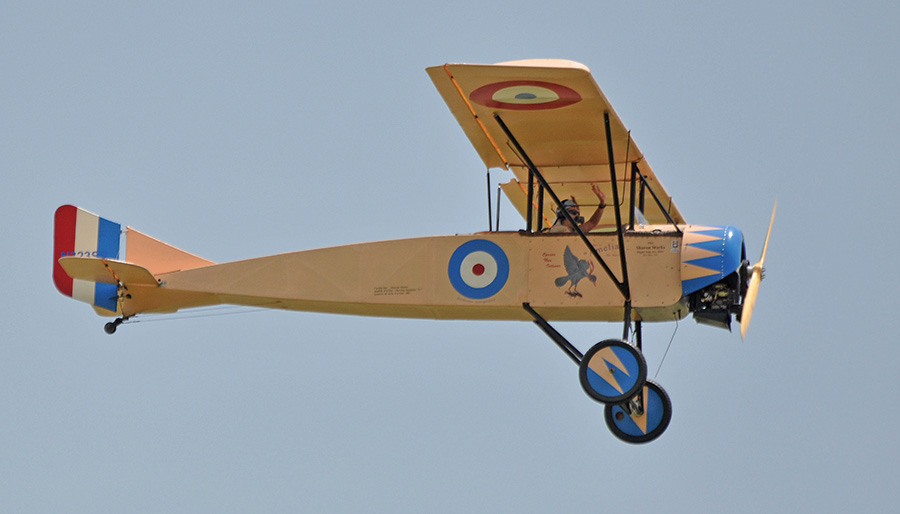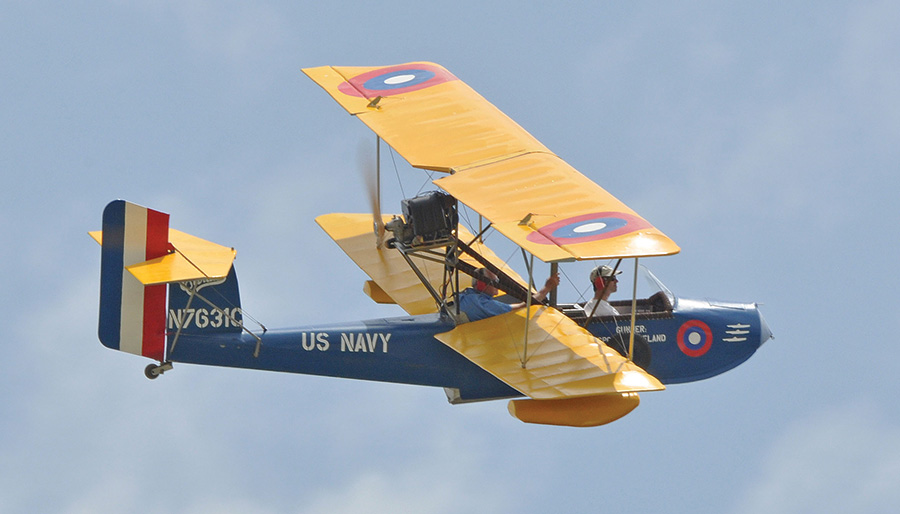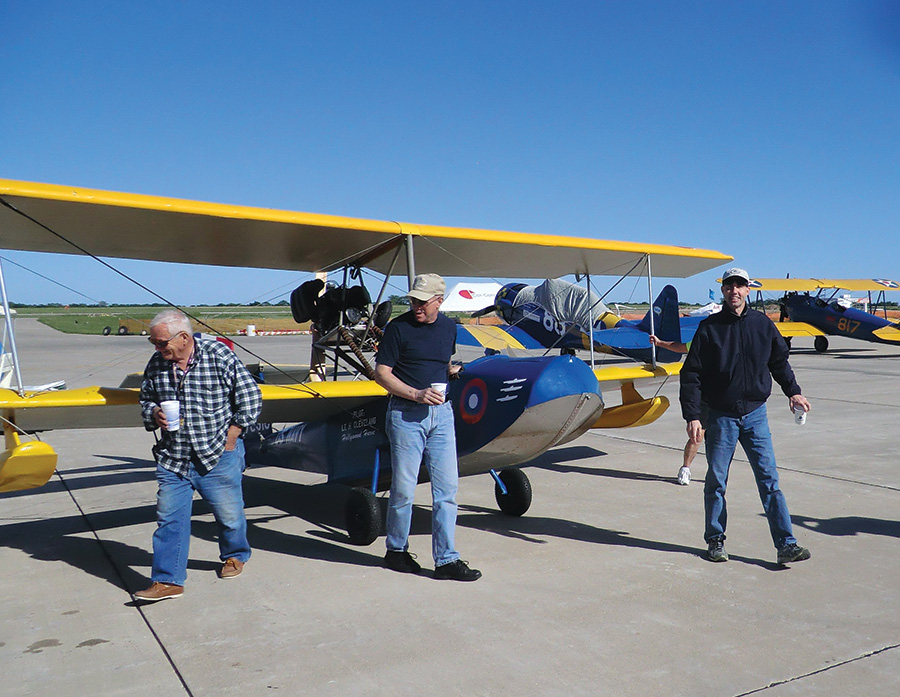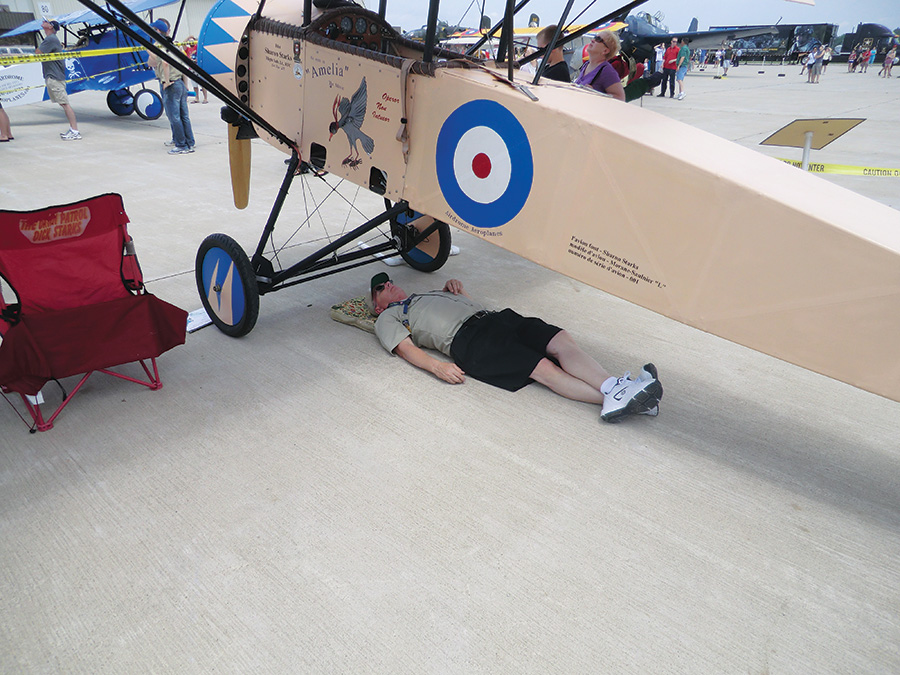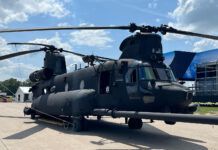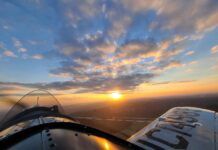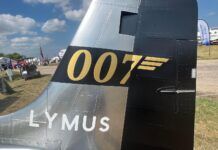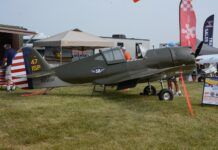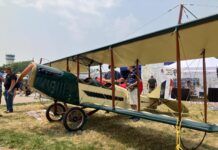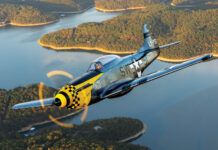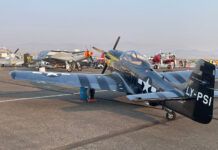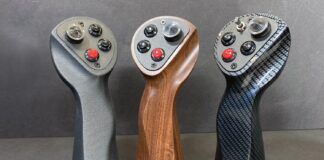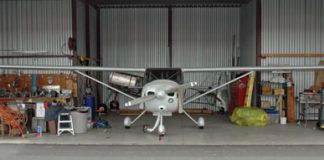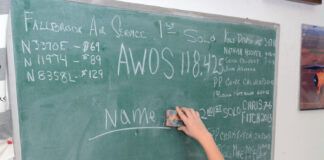It was one of those so-called “defining moments” that happen in everyone’s life. You know what I mean… a tiny little blip in your timeline that stays with you forever. Lots of little common everyday events can turn out to be defining moments, and in many cases, change your life from that moment on.
For instance, at the age of four I did my first “face-plant” when I went over the handlebars of my tricycle. I can remember it like it was yesterday—the image of that driveway coming up to my face in slow-motion. From then on I was a total washout when facing a fastball pitcher.
Probably the most life-altering moment in my life was that first day sitting in the advanced analysis class in college when this little cute-as-a-bug freckle-faced redhead walked in the classroom door.
Wham! It was like getting hit in the head with a sledgehammer. I knew then and there that she was the one. To this day, I can’t understand why it took her two years to realize we were meant for each other. Ignoring the restraining orders may have helped to convince her that I was really the one man for her. Thankfully, she finally gave in.
Now here we were, 46 years later, and I’m still chasing her around. Of course, things are a little bit different. We were in our own homebuilt WW-I replica aircraft flying at an airshow. But nevertheless, it was that old “deja moo” all over again as we went round and round the traffic pattern with a bunch of other replica WW-I aircraft.
Little did we know that in a few minutes Sharon, “My Little Snugglebuns,” was going to experience a real life-defining moment of Biblical proportions.
Season Opener
Yep…we were flying our first airshow of 2013. We always start off the new year’s flying season with our favorite airshow event, the Memorial Day Salute to Veterans Celebration, held at Columbia Regional Airport, just south of Columbia, Missouri. This was our 21st year in a row flying here.
We had a record gathering of WW-I planes, too. Twelve planes showed up out of a possible 16 that had said they were going to attend. Of the 12 that were there, the Robert-Baslee-designed Airdrome Airplanes replicas were starting to take over from the dominance that the Graham-Lee-designed Nieuports had enjoyed for many years. Out of the 12 planes, Robert’s designs numbered seven. There were three of his 7/8-scale Fokker D-7s (owned by himself, Darryl Porter, and Ron Myer), Sharon’s Morane-Saulnier Parasol, Ken Hines Nieuport 28 project, Dick Lemons’ Fokker DR-1, and Jeff Givens with one of Robert’s 7/8-scale Nieuport 11s. There were three Graham Lee Nieuport 11s and one Graham Lee Siemens-Schuckert D-1 (the German Nieuport). The one unique plane attending was Harvey Cleveland’s replica of a 1918 Curtiss Seagull amphibian. (Actually it’s a Mariner amphibian, but we don’t care; it looks WW-I. Besides it’s the L.G.F. model.)
The Moment
Anyway, back to Sharon’s defining moment. The rain in the morning had cancelled our start-the-show Dawn Patrol flight, but we did get to fly Saturday afternoon after the storms moved away. There we were, having the time of our life, making low passes in front of the crowd, waggling our wings and waving. Then the Air Boss got on the radio and told us to start recovering our planes. For once we all landed without incident, mainly because we used Runway 13. We really like 13 because the crowd can’t see our landings! For some reason, landing in front of the crowd is a pucker-factor maximum-limits modification exercise (as you’ll find out later when I talk about our Sunday flights).
We all joined up on the taxiway and went in as a gaggle, all covered in glory. People were running to watch us come into our parking area on the ramp. They wanted to see what kind of fools were flying in the little toy airplanes.
All the engines were shut down, and we started to climb out of our canvas falcons. As Sharon was getting out of her Morane Parasol, we heard a little kid say, “Look daddy, a woman was flying that plane.” Now, that’s not unusual for us. We hear that a lot when we fly in shows or drop-in on a fly-in. Women taildragger pilots are rare, and a woman flying a WW-I replica is even rarer.
But that was not the moment I’m talking about.
We pushed our planes up to their parking spots and started to do our second favorite airshow activity—talking about our historic little warbirds. One of the spectators came up to Sharon and started off by saying, “You guys are such an inspiration to me. I can stand here and watch you fly, and it makes me think that maybe even I could build and fly my own replica warbird.”
He should have stopped there. But no, he went on talking and really stepped in it…up-to-his-ankles…head-first. “And to see a little old lady get out of that plane impressed me even more.”
There was a short, stunned silence. Several of the other Dawn Patrol members gasped and just backed away a few feet (about a quarter-mile seemed safe), waiting to see what Sharon was going to do. I felt the hair go up on the back of my neck. From bitter experience, I know that when Sweetie gets riled she’s nine feet tall and completely covered with hair. I stepped back to get a better view of the execution.
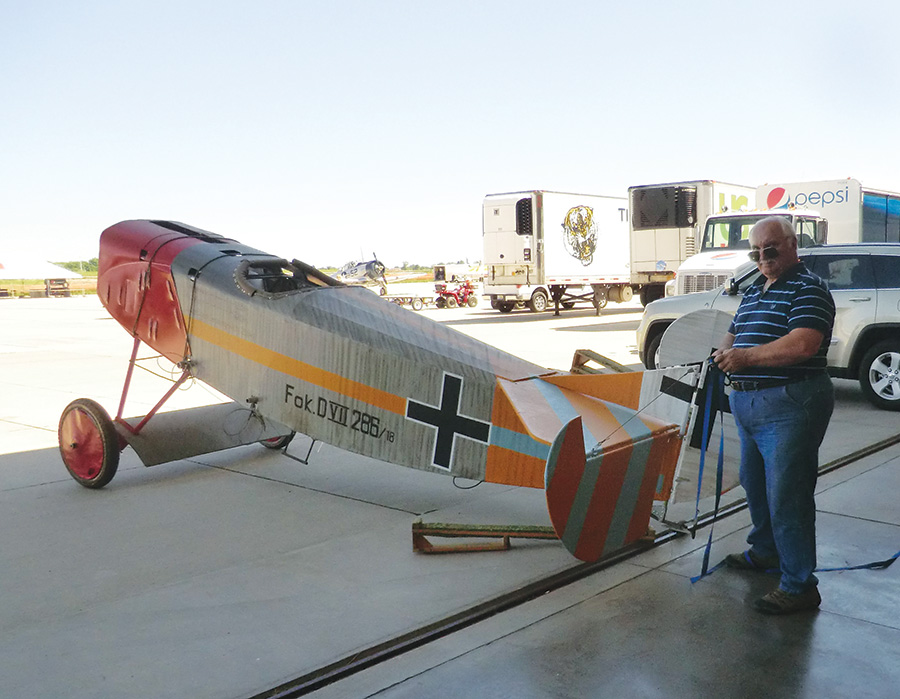
Ron Myer mounts the tail feathers on his Airdrome Aeroplanes Fokker D-7 project. Excellent workmanship.
But Sweetie just smiled sweetly and thanked him for his interest. After he walked away she came up to me and muttered, “What’s this little old lady stuff?” (She didn’t actually say “stuff,” but you get the idea.)
I looked at her and gently said, “Dear, to a lot of people, we are old. As Mark Twain is reported to have said, we have ‘reached the threshold of age.'” She looked at me kind of stunned as it sunk in.
We don’t feel old. There are some mornings we might feel a little older, but most of the time we do things just like we did 40 years ago. We approach everything like we’re killing snakes. Nowadays though, we just kill them slower and more methodically.
The moment passed, but it did make a lasting impression on both of us. Just thinking that people regard us as old was a sobering thought. After a few nanoseconds of pondering it, we shrugged it off and went on with the fun at the show. Getting old can come later. We don’t have time for that now. We’ve got places to go, things to do, people to see. I’ve got to build that 1918 WW-I Ford two-man tank! We just don’t have time to waste getting old.
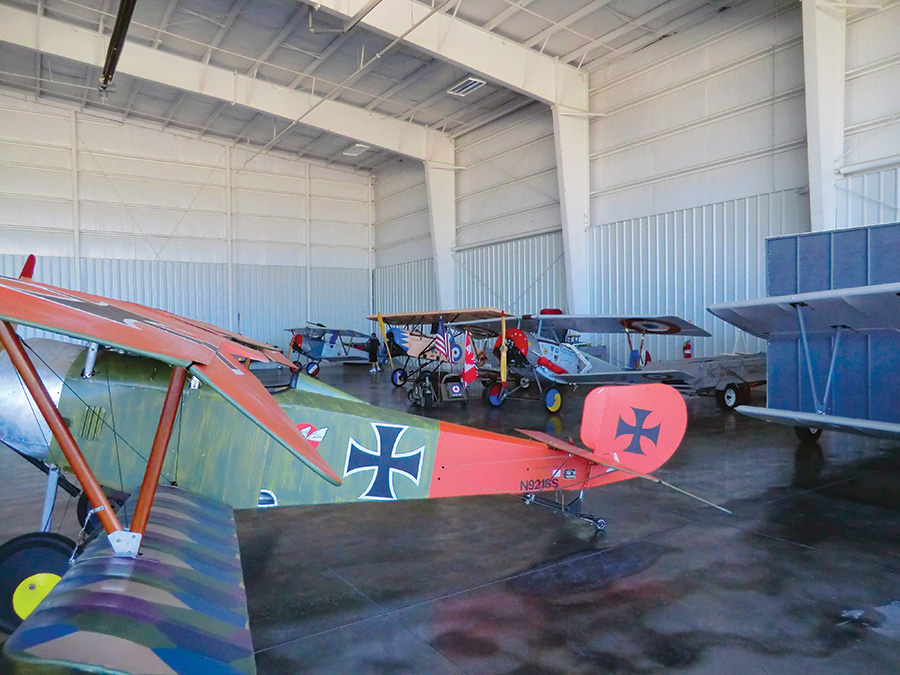
All ready to go. Two Nieuports, Morane Parasol, and Siemens-Schuckert lurk in the shadows of the enormous hangar.
Harvey’s Great Adventure
The 2013 Salute To Veterans show was just like all the rest; its sole purpose is to honor and remember past and present members of our armed forces and our allies. It’s a unique gathering.
We did our usual airshow trip and drove to Columbia in a convoy of seven WW-I planes on trailers. It was a pretty impressive sight, too. Cars and trucks were running off the road as they gawked as we thundered by. Trailer weenies rule!
Three of the planes attending the show were not members of the trailer weenies. Dick Lemons’ Airdrome Aeroplanes Fokker DR-1 replica and Mark Pierce’s 1945 Piper L-4 had been flown-in several days ahead of time. (Mark’s L-4 is not part of the Dawn Patrol, but it is a real warbird, and you can’t pass up a chance to display that jewel anywhere.) One last plane had to get there. Harvey Cleveland was flying his Curtiss Seagull replica in the same day we were driving in. It was going to be a looooong flight. The Seagull might make sixty miles per hour on a good day. This was not a good day. He had about a 20 mph headwind right on his nose.

As Dick Starks taxis back to the ramp after his “bounce-to-end-all-bounces,” Harvey lines the Seagull up to land.
We got to Columbia Regional Airport about 1 p.m. and started putting planes together in the enormous hangar they’d set aside for us. The work went fast, and we got the planes all assembled and put away. Then, the waiting started. Where was Harvey? Finally we started getting text messages from him as he wove his labored, tortuous way east.
The first message we got at 1:45 said, “I’m ready to take off. I have 25 gallons of pre-mixed fuel on board. More later.” (Harvey has a 10-gallon tank on the Seagull. He had another 15 gallons of gas on board in five-gallon cans for the thirsty Rotax 503, plus a good supply of two-stroke oil.)
“I made it to the Sibley stack in 15 minutes.” (This was definitely not good. It’s only 10 miles to the Sibley stack. You do the math.)
“On the ground at Higginsville at 2:41. Ready to take back off at 2:50. Used 3.5 gallons.” (Harvey didn’t shut the engine down while making the fuel transfers. Most of his stops only took 10 minutes or less.)
“Departing Marshall totally topped off. Took a full 2.5-gallon no-spill jug from Higginsville to Marshall. Really glad I gassed up at Marshall. It’s taking quite a while to get to Boonville. I should make Boonville by 4:30.”
By now the entire Dawn Patrol was out on the ramp in our lawn chairs with a big cooler of beer shooting the breeze between Harvey’s messages. Then we got his message from his last stop, Boonville, Missouri.
“I am departing Boonville at 4:38. I must be doing about 40 because the cars are going by twice as fast.”
We all started looking to the west. Then we saw this little plane hanging almost motionless in the air on the far horizon. Yep…the Seagull was in sight. He was in sight for a long time. Harvey finally fluttered into a landing and taxied to the ramp, to be greeted with cheers and applause. He fell out of the cockpit and was handed a beer for each hand. It was 5:20 pm.
The flight was discussed at length and the final ciphering determined that his average groundspeed to go between Liberty Landing International Airport to Columbia Regional was 33.7 mph. That’s really tearing up the air.
Rain Delay
With all our birds safely tucked away in an enormous hanger, we left for the hotel to hit the rack. Saturday morning was show time! The Dawn Patrol was the first scheduled “act.” Unfortunately, Saturday morning opened with low ceilings and light rain. There wasn’t going to be any flying by anyone for quite some time. But there was still a crowd of diehard airshow aficionados wandering around the tarmac. The rain increased in intensity to a pretty relentless downpour. The Dawn Patrol hangar started to fill up with people taking shelter. As more and more came in, their interest in the Dawn Patrol’s gaggle of WW-I birds started to show. We all got our informational posters and put them up in front of the planes. The crowd got so dense it was hard to move around. This was actually kind of fun. Pretty soon a steady procession of interested individuals were being helped in and out of cockpits, getting to see what it was like to at least sit in a WW-I warbird. This happy state of affairs lasted for several hours until the rain moved away to the east and skies cleared.
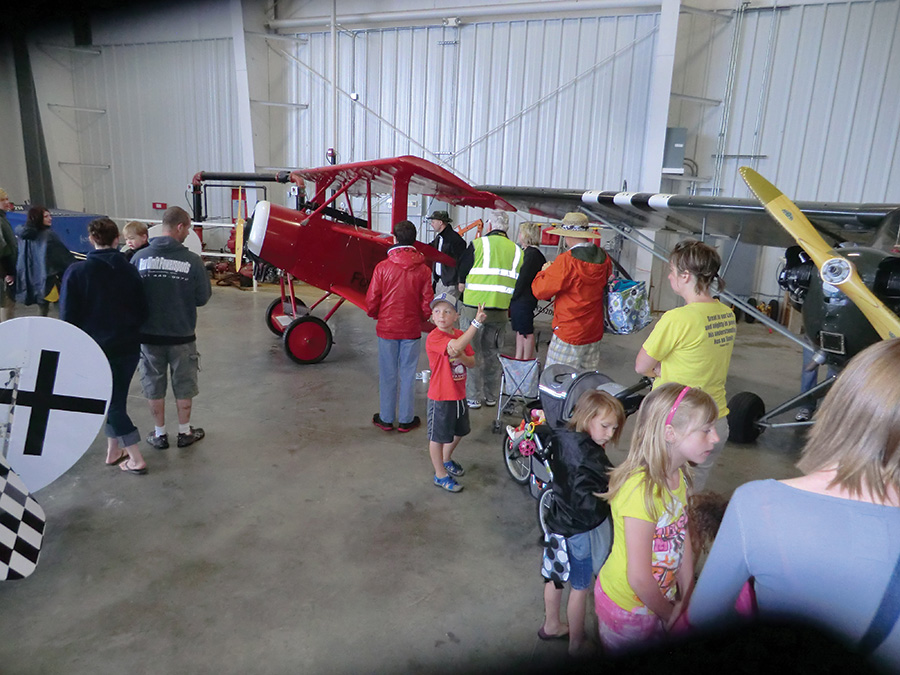
The line to sit in Dick Lemons’ Triplane sometimes stretched to 40 feet. Dave Laur was a very busy bee lifting kids in and out of the cockpit.
The Show Must Go On
Sunday we flew our morning flight, and normally that would be it for us. But, the B-25 Mitchell was down with a sick engine, so there was going to be some slack time in the afternoon flying schedule. The air boss asked us if we’d like to fill in for the B-25. Was he kidding? Heck yes, we’d like to fly. This was a real treat for us. The only bad thing was the wind was from 200°. Yessir…right down the centerline of runway 20. And, it was blowing pretty hard—15 to 20 mph. It was a 70° gusty crosswind for runway 13. We had no choice: Runway 20, right in front of the crowd was the runway we were going to have to use.
This was cause for great consternation among the stud muffins (and stud muffinette) of the Dawn Patrol. When you’re used to a 30-foot-wide grass runway with grass’s forgiving characteristics, landing one of these twitchy, little, narrow-wheeled, short-coupled water bugs on a cement runway 150-feet wide is a real attention-focusing, terror-filled event. Your normal height-above-the-ground depth perception is gone. And, we learned quick in the game, you never look out the side of the cockpit on a Nieuport while landing. You’ve got to be looking straight ahead, letting your peripheral vision tell you where you are.
We all blasted off with no problem. We’d been flying for about 20 minutes when the air boss told us to start our recovery. Sharon, drat her sneaky hide, cut across the pattern and landed first. And just to rub it in, did a really fine job. Tom was going to be next.
Let me set the stage here. Ken Hines, the voice of the airshow, had invited Robert Baslee to come to the announcer’s stand to talk about the planes. While we were flying our patterns, Robert kept up a running commentary about the planes and their history. Robert was on the mic as Tom rounded out. Here’s what the crowd heard:
“OK folks, here comes Tom Glaeser on short final in his Nieuport 11 fighter. He’s rounding out and starting his flare. Here he comes… It’s a two… three… four, five… six… seven, eight, nine point landing. Folks, I’ve gotta tell you… It’s really hard to make a good nine-point landing.”
Then it was my turn. After seeing Tom’s landing my pucker-factor was waaay past the red zone. I came in way too hot, hit hard and had one heck of a bounce. Robert’s commentary was, “Here comes Dick Starks now in his Nieuport 11 fighter. Whoa! Look at that bounce! That was one heck of a bounce there folks, but Dick was able to save it and salvage the landing.”
It wasn’t that big a bounce—only about a ten-footer. I didn’t have to go around and try again. I think Robert was kinda harsh on both Tom and me. (We know where he lives!)
That ended our participation in the 2013 Memorial Day Salute To Veterans Celebration. The planes were pushed back to the hangar, disassembled, and put on their trailers. We headed out, and the drive back to Kansas City was uneventful.
Not so for the non-trailerable aircraft. There was nasty weather between Columbia and Kansas City. It was like that for the next seven days. No one was flying anywhere. Finally, the next Monday, we drove to Columbia Regional Airport and were able to ferry two of the three planes home. As I write this, one plane is still marooned at Columbia Regional.
I just can’t resist. I’ve gotta say it now—trailer weenies rule!
And so…the adventure continues.
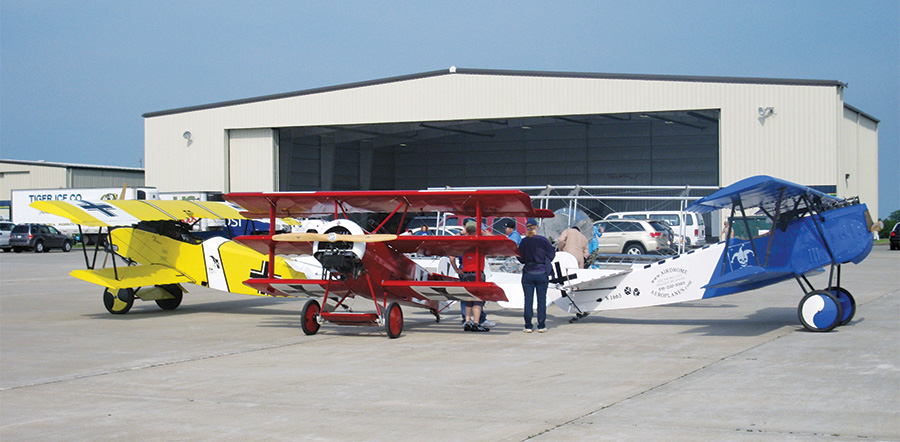
With 12 planes in attendance, we broke the group into three gaggles of four planes each for display.
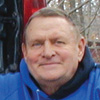
![]()
Dick Starks has written two books about the joy of flying; “You Want To Build And Fly A What?” and “Fokkers At Six O’clock!!” He was the recipient of Flying’s 2001 Bax Seat Award “for perpetuating the Gordon Baxter tradition of communicating the excitement and romance of flight.” Dick and his wife, Sharon, both fly WW-I replica aircraft.


